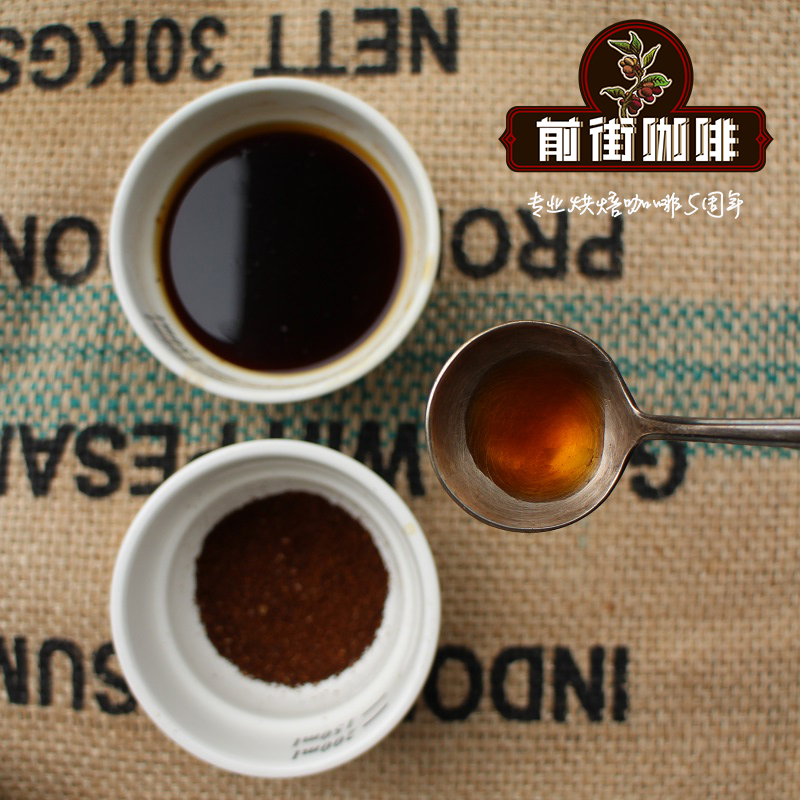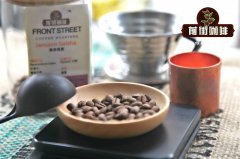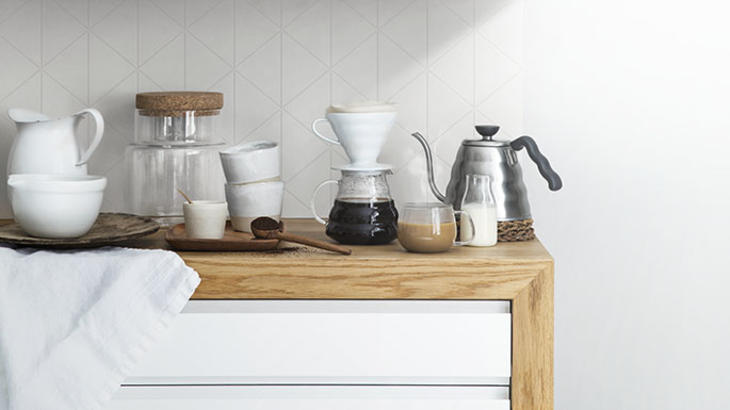Coffee Sensory Identification II: What is coffee sensory evaluation?

Professional coffee knowledge exchange more coffee bean information please follow the coffee workshop (Wechat official account cafe_style)
What are the senses?
Senses are an indispensable skill in human life. According to the skills played by different organs of our body, we can divide the senses into five parts: taste, smell, sight, hearing and touch.
Coffee tasting: everything is related to the senses
I believe that many friends who love coffee, or coffee practitioners, will be very confused when they come into contact with Black Coffee.
Taste and sensory experiences vary from person to person.
But without exception, your senses are involved in tasting coffee, wine, tea, or all other foods.
The ability to identify a particular flavor, or smell, is closely related to the sensory experience accumulated in everyone's life.
The coffee cup test originated from the coffee trade in the late 19th century. Since coffee traders need to evaluate the quality of a large amount of coffee, they use the cup test as a quick method. Of course, the original cup test mode was very simple. Hundreds of coffees are juxtaposed on the table, and traders quickly sip each cup and then thumb up or down to pass or fail, that's all, without grading the coffee's complex aroma, taste, and so on.
With the development of the 20th century, people are more and more interested in the subtle and delicate flavor of coffee. In 1932, Ukers's work All About Coffee was the first book to delve deeply into the concept of coffee cup testing. In those days, the coffee industry had a very crude description of coffee, with only 17 words for flavor, including smooth, mellow, acidic, soft, Rio, moldy, grass, leather, and my favorite-fishy smell.
In 1970, when boutique coffee was about to start, coffee cup testers took inspiration from the wine tasting world and began to develop a set of words for coffee, and the language of coffee was gradually established. During the cup test, people will begin to carefully record the whole complex and delicate sensory experience.
Ted Lingle (SCAA) wrote The Coffee Cupper's Handbook in 1995, which is recognized as the heavenly book of coffee cup measurement. A standardized cup testing procedure is proposed in the book and has since become a standard practice in the industry.
At the same time, Professor Ann Noble of UC Davis developed the coffee industry's flavor wheel "The Coffee Taster's Flavor Wheel" after referring to the flavor wheel of the wine tasting industry. Coffee has more than 1500 aroma and flavor compounds, while wine has about 200.
Raw coffee beans are naturally characterized by volatile aromatic oils locked in the cellular structure. The unique flavor and personality of each high-quality coffee comes from these aromatic oils. Generally speaking, taste, taste, and acidity combine to form the unique flavor of each batch of coffee beans, and roasting can give full play to the potential aroma in the flavor.
Important Notice :
前街咖啡 FrontStreet Coffee has moved to new addredd:
FrontStreet Coffee Address: 315,Donghua East Road,GuangZhou
Tel:020 38364473
- Prev

Sensory Identification of Coffee: about Coffee Flavor training methods Coffee sensory Identification
Professional coffee knowledge exchange more coffee bean information please follow the coffee workshop (Wechat official account cafe_style) boutique coffee industry symbol of the American boutique Coffee Association (SCAA), the design of the coffee flavor wheel (Coffee Tasters Flavor Wheel) completed the first update in 21 years at the beginning of this year. The revision of the new flavor wheel makes full reference to the world.
- Next

How does a novice brew good coffee at home? There are 5 secrets to successful cooking!
Professional coffee knowledge exchange more coffee bean information Please follow the coffee workshop (Wechat official account cafe_style) do you want to make yourself a good cup of coffee, but often get bogged down in the different equipment recommendations and introductions online? In fact, good coffee is not so rare. Mastering some basic knowledge and operation can make your coffee taste very different from that before. The following
Related
- Beginners will see the "Coffee pull flower" guide!
- What is the difference between ice blog purified milk and ordinary milk coffee?
- Why is the Philippines the largest producer of crops in Liberia?
- For coffee extraction, should the fine powder be retained?
- How does extracted espresso fill pressed powder? How much strength does it take to press the powder?
- How to make jasmine cold extract coffee? Is the jasmine + latte good?
- Will this little toy really make the coffee taste better? How does Lily Drip affect coffee extraction?
- Will the action of slapping the filter cup also affect coffee extraction?
- What's the difference between powder-to-water ratio and powder-to-liquid ratio?
- What is the Ethiopian local species? What does it have to do with Heirloom native species?

